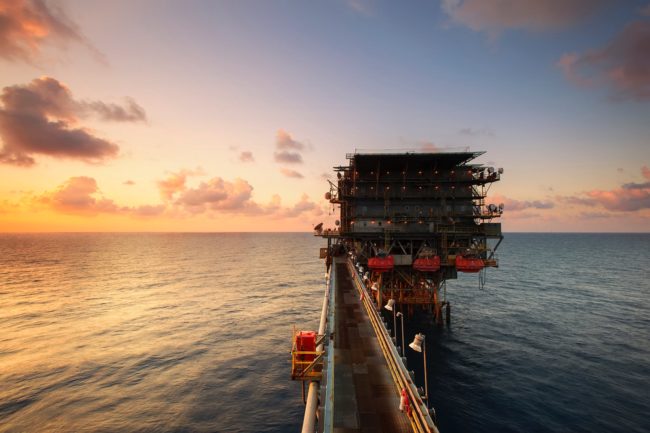Something didn’t smell right.
It was 5:45am and a British Petroleum (BP) employee was driving to work along the North Slope of Alaska near the oilfield town of Prudhoe Bay when he noticed an odd odor overpowering the smell of his heater and his truck. He pulled over and began to investigate. The source of the scent was crude oil that had leaked from a BP pipeline underneath a caribou crossing. Though the hole was only half the size of a dime, approximately 200,000 gallons eventually escaped. The truck driver had discovered what was – at that time in 2006 – the largest oil spill in BP’s history.
Unfortunately, it was an infamous record that BP would shatter by more than a thousand-fold just four years later with the Deepwater Horizon oil spill in the Gulf of Mexico.
The chain of events that led to the Prudhoe Bay Oil Spill began several years prior. As the price of oil fell dramatically at the end of the 1990s, BP began a series of equally dramatic cost-cutting efforts throughout the company’s operations. These cuts led to a significant reduction (and in some cases, elimination) in the chemicals used to prevent buildup and corrosion in the pipeline, as well as a scaling back of the staff dedicated to maintenance of the pipeline.
Though the price of oil would quickly recover, the cuts remained in place. As the years went on, the buildup and corrosion grew inside the pipeline and, in part due to continual staff reductions, BP no longer had the ability to perform normal periodic tests to find out just how rampant the corrosion had become. As reports of concern from the overworked maintenance staff began to pour in, BP started to realize that the temporary crisis of depressed oil prices in the late 90s threatened to become a full-blown catastrophe in the mid-2000s unless they took quick and decisive action.
They did nothing.
BP feared that so much buildup had accumulated over the years that if they ran the mechanical maintenance units through the pipes (an industry practice known as “pigging the pipes”), a virtual cannonball of sludge would be dislodged and cause the pipes to burst. Their choices of neglect built upon themselves and instead of taking action they made the decision to ride the spiral all the way down to its inevitable conclusion.
BP had been fastidiously precise on measuring the costs of ongoing and preventive maintenance but had no effectiveness – nor as it turns out, interest – in measuring the value of a catastrophe averted. Further evidence can be found in their OSHA record at the time of the spill. The company was more adept at paying fines than paying the cost to prevent the event that precipitated the fine in the first place.
When a crisis takes place there are two choices: (1) apply long-term thinking and methodically work through the process of completely resolving the crisis, or (2) apply quick-fix thinking and address only the symptoms and superficial effects and thereby allow the crisis cycle to continue to spiral downward from crisis to full-blown catastrophe.
In the aftermath of a crisis, it is quickly evident for anyone paying attention which choice an organization has made. And as more time passes, the path chosen becomes undeniably obvious. Share on XThough it does not match British Petroleum on an environmental impact scale, there is another global business that has recently faced, and continues to face, many of the same decision points that tripped up BP two decades ago.
Along with a new year, the last several weeks have also brought about a new CEO for Boeing. Dave Calhoun, who took over yesterday as CEO for the embattled company, will face the same choices as he looks to pull Boeing out of the spiraling crisis cycle the company has battled for close to a year now.
Calhoun replaces Boeing’s former CEO, Dennis Muilenburg, who responded to the FAA’s grounding of the Boeing 737 MAX in March of 2019 with a statement that Boeing had full confidence in the safety of the plane and felt there was no basis to issue any new guidance regarding the operation of the aircraft. The FAA grounding for the 737 MAX came after not one, but two fatal crashes and a total of 346 fatalities.
Following the initial fatal crash in October of 2018, Boeing responded by issuing a safety warning and reminding flight crews to review the operations manual.
Only time and his choices will tell if Calhoun is able to achieve escape velocity and break free of the crisis cycle or if Boeing is headed to a Deepwater Horizon-style event of their own. Calhoun has his work cut out for him, because something about Boeing and the still-grounded 737 MAX doesn’t smell right.




0 Comments